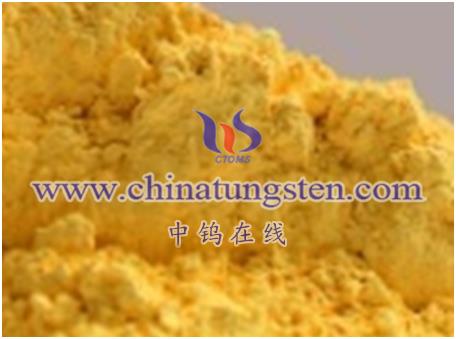In the crystal structure of tungsten oxide (WO₃), oxygen vacancies refer to defect sites where oxygen atoms are missing from the original oxygen atom positions in the crystal lattice. The crystal structure of tungsten oxide is composed of tungsten (W) atoms and oxygen (O) atoms. In the crystal structure, oxygen atoms and tungsten atoms are chemically bonded together to form a three-dimensional network of tungsten oxide crystals. An oxygen vacancy is formed when an oxygen atom in the crystal is missing. This means that the oxygen atom that would have been present at that position was not occupied, resulting in a vacancy in the crystal structure. The formation of oxygen vacancies may be due to factors such as lattice defects, heat treatment, radiation, or chemical reactions. Oxygen vacancies have higher energy, making them active sites in tungsten oxide. These active sites play an important role in the catalytic, adsorption, and optoelectronic properties of tungsten oxide. The existence of oxygen vacancies can affect the physical and chemical properties of tungsten oxide, including electronic conductivity, catalytic activity, adsorption capacity, etc. Therefore, studying and controlling the distribution and quantity of oxygen vacancies in tungsten oxide is of great significance for understanding and optimizing the performance of tungsten oxide materials.

More details of tungsten oxide product, please visit website: tungsten-oxide.com
Please contact CHINATUNGSTEN for inquiry and order of tungsten oxide:
Email: sales@chinatungsten.com
Tel.: 86 592 5129595






